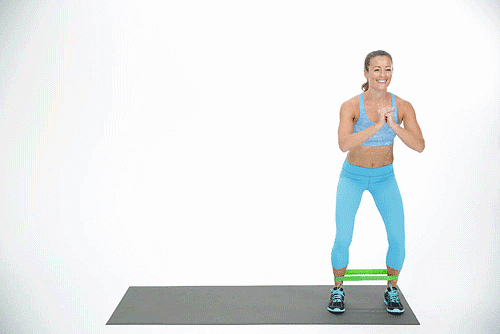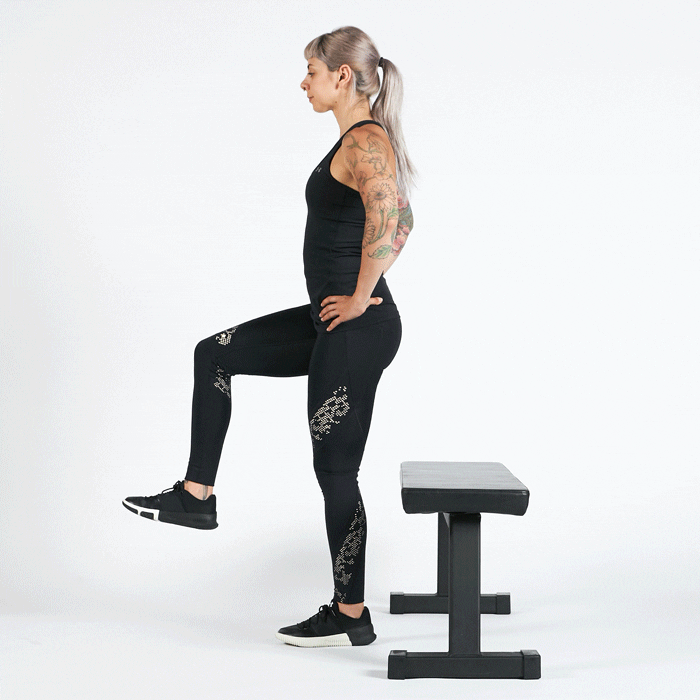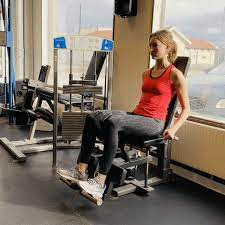Muscle Stabilizers 101
- Dalton Sherwood
- Mar 10, 2021
- 3 min read
If you have goals to increase muscle mass, athletic performance, body mechanics, and just about any other fitness related goal, you need to pay special attention to training the upper and lower body stabilizers.
What exactly are the stabilizers?
- Think of a time when you are doing a dumbbell bench press, and you're getting towards the end of your set and the arms start to shake a bit more and you notice one dumbbell is way off the lifting path compared to the other, and you consciously move the dumbbell back to where it should be at the top. The action that involves that particular movement is directly related to the stabilizers. When you perform an exercise, you have the "movers" aka the muscles working to perform the lift, such as your pecs and shoulders during a chest press. The stabilizers are the muscles involved as more of a passenger and their role is to keep the implement moving (DB, KB, barbell, etc) in the correct plane to ensure the lifting technique is on point. They are just as important as the movers to perform the job at hand. The problem is, they aren't addressed enough in a standard program for the general population.
Here's a visual of the muscles to pay attention to (and for the sake of keeping it simple let's just address the hip and shoulder stabilizers which in my opinion are the two most important)
Shoulder

Hip (glute medius should also be highlighted)

Why are they so important?
- Two words. Lifting quality. When we perform any exercise, one of the biggest limiting factors of efficiency is our ability to maintain a specific path of motion during a set. If we can not keep the free weights moving evenly and on the same path through the whole range of motion, we risk injury to the working area. Quality movement pattern tells us that our bone structure is intact and we aren't allowing for "energy leaks" or micro-movements outside what's best for a specific lift at hand. This is commonly seen when we have a hip shift during a squat, or knees caving in at the bottom for example. When we improve lifting quality, we can progressively overload weight, reps, and sets to grow the muscle. Yes, the stabilizer muscles are in fact working during a set where the "mover" muscles are the priority, but they aren't isolated.
Injuries
- Shoulder pain while pressing (most will feel it in the front of the shoulder by the top of the bicep), pinching feeling in the hip while squatting (again front of the hip), knee pain doing lunges (right below the kneecap), lower back pain doing bent over rows. All of these are common examples of injuries that COULD be related to ignoring direct training to the stabilizers. I personally learned about the importance after tearing my labrum in my shoulder due to repetitive heavy bench pressing with zero exercises to work the shoulder stabilizer directly. Since then I've made it a staple with my client's programming to make sure they can progress weight properly with minimizing the risk of injury.
When to train in a session?
- Three options
- Warmup
- Superset with your primary lift of the day
- "C" category or accessory work that should be done at the end of the workout
When you see people doing band work for glute activation, this is a great example. Here are some examples of upper body stabilizer warmup exercises
Left - Band Pull Aparts
Top Right - Side Lying Powell Raise
Bottom Right - Bottom Up KB Press
Here are some lower body stabilization exercises
Left - Mini Band Lateral Walks
Middle - Pistol Squat to Box
Right - Adductor Machine
Set/rep schemes
- 1-5 sets
- 10-20+ reps
Again best window would be either
- Warmup
- Superset with your main exercise
- Example, back squats paired with the adductor machine
- "C" category or the last exercises of your session








